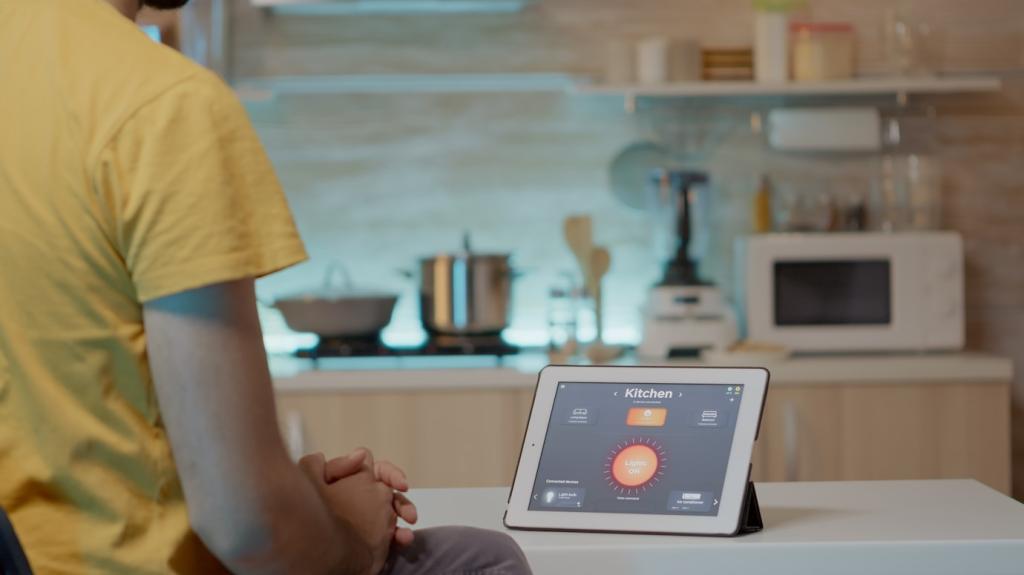Time Zones, Culture, and Human Connection
Use a simple handoff template capturing status, open questions, and blockers. Tag the next region and set expectations for the next update. Teams spanning three continents reduced idle time dramatically by treating handoffs like relay batons, not optional courtesy messages lost overnight.
Time Zones, Culture, and Human Connection
Prefer clear, polite directness and avoid idioms that confuse. Add summaries for long threads and clarify whether feedback is optional or required. This sensitivity prevents misunderstandings and builds trust, especially for teammates communicating in a second language under deadline pressure.



